What is our theme? The weather
What is the lesson (overall purpose)? The children will measure ingredients and build fine motor skills playing with playdough and create white clouds with the playdough.
MA Guidelines/Standards: Math skills, following directions,
Pre- writing skills.
Learning Outcomes: The children made their own playdough.
Songs, Books & Videos (Motivational Techniques): See attachment below
Materials: 2 c corn starch
1 ¼ c unscented white hand lotion
2-3 drops of peppermint extract
Measuring cup
Bowl
large spoon
Activity (Procedure):1. Put ingredients in a large bowl
2. AS you stir the mixture it will form into a ball
3. Sprinkle a flat surface with cornstarch
4. Knead the dough until it is firm
5. Make clouds with your homemade playdough
Activity Wrap Up: the children are having fun playing with their homemade playdough
How do I know what my child is learning? (Assessment): Talk about clouds and what part of the water cycle they pertain to. ( condensation ). Are their different kinds of clouds?
How can you extend this activity? (Modifications): add food coloring to make a different color playdough
Helpful Hints: (Pitfalls & Solutions): If your playdough is mushy keep kneading it until it gets firm
What is the lesson (overall purpose)? The children will measure ingredients and build fine motor skills playing with playdough and create white clouds with the playdough.
MA Guidelines/Standards: Math skills, following directions,
Pre- writing skills.
Learning Outcomes: The children made their own playdough.
Songs, Books & Videos (Motivational Techniques): See attachment below
Materials: 2 c corn starch
1 ¼ c unscented white hand lotion
2-3 drops of peppermint extract
Measuring cup
Bowl
large spoon
Activity (Procedure):1. Put ingredients in a large bowl
2. AS you stir the mixture it will form into a ball
3. Sprinkle a flat surface with cornstarch
4. Knead the dough until it is firm
5. Make clouds with your homemade playdough
Activity Wrap Up: the children are having fun playing with their homemade playdough
How do I know what my child is learning? (Assessment): Talk about clouds and what part of the water cycle they pertain to. ( condensation ). Are their different kinds of clouds?
How can you extend this activity? (Modifications): add food coloring to make a different color playdough
Helpful Hints: (Pitfalls & Solutions): If your playdough is mushy keep kneading it until it gets firm
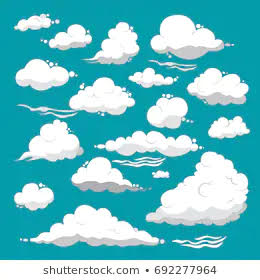
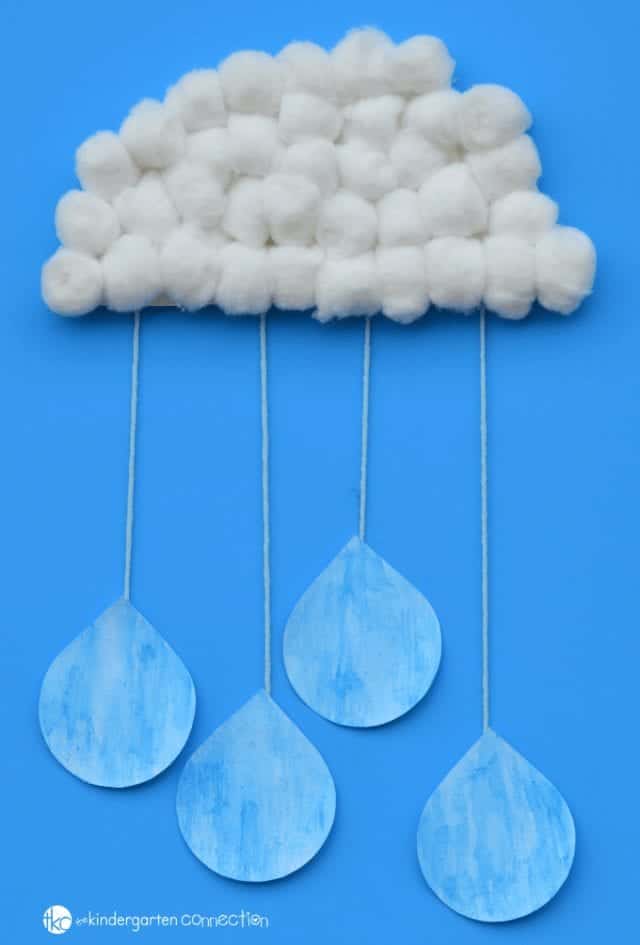
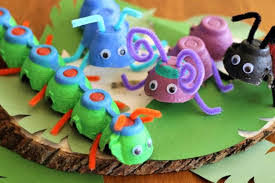
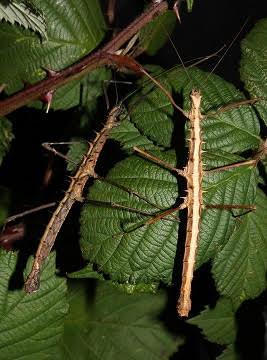
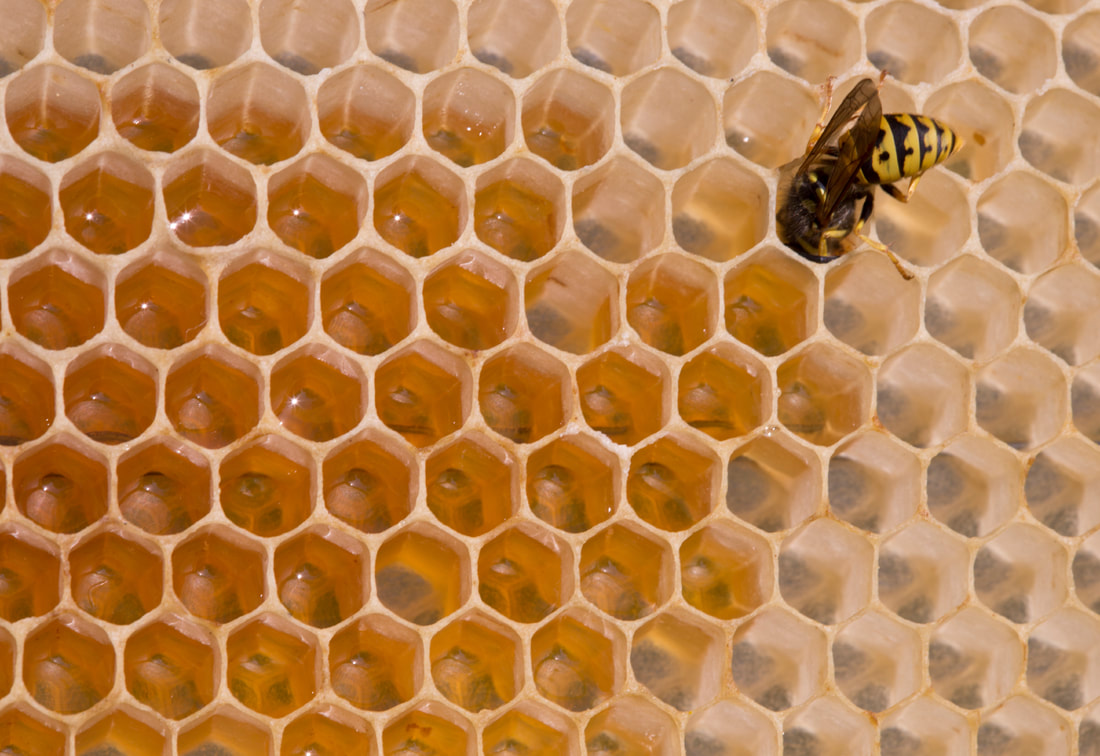
 RSS Feed
RSS Feed
